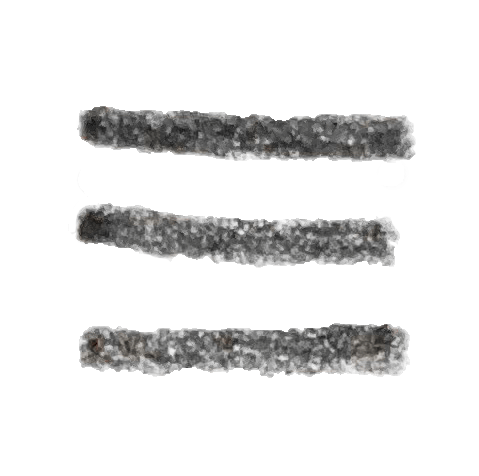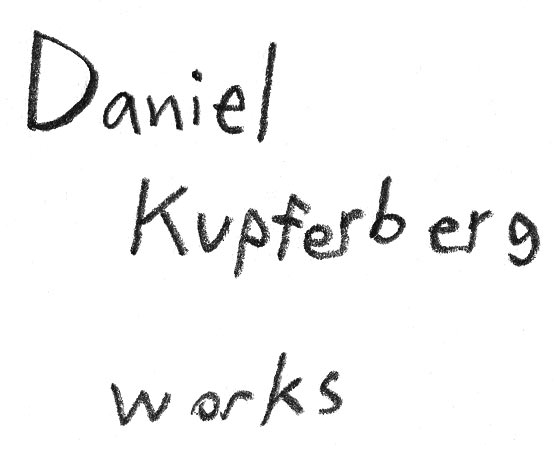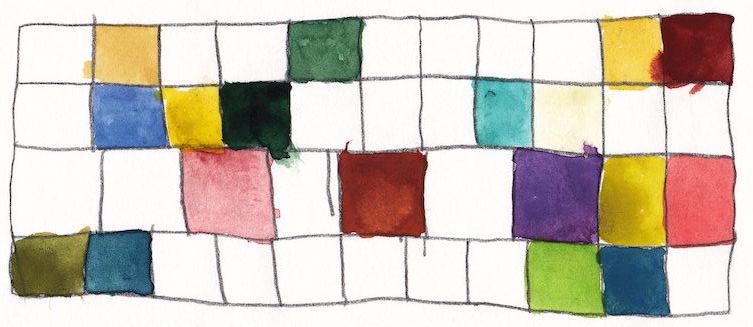Das Klangfarbenorchester, I-III
[The Tone Colour Orchestra, I-III]
3 live performance installments, each constisting of a 10-person ensemble.
Each participant is playing a particular role in the whole, handling either an object, a music instrument, a cassette deck, or the director’s stick.
By K.F.O. III, a colour code index is introduced.
°
4 object players, placed on a green plastic grass stage in front of an audience, are each assigned to one instrument player (4 musicians, placed next to the plastic green grass stage). Every object and musical instrument pairing is coupled by visual and musical principles: that of call and responce, and secondly the nature of their placement in the whole.
Take for example The Painter who uses the bow-like paint-roller to paint on wooden boards, in close cooperation with The Violin-Player. The Painter hears the violin, The Violin-Player sees the painting of the boards. They form The Melody, black paint standing for the minor, white for the major key.
An exception to these pairings is The Disturber who plays a cassette deck with the sound of a voice reading mobile phone commercials and dadaistic texts. The only way of interacting with the rest of the orchestra is through disturbances.
The Director, whose role it is to be in charge of the ensemble, is limited to partial control over the complete situation. His role is to produce a flow of image and music but as the players partially have a life on their own, this task repeatedly is a difficult one.
[The Tone Colour Orchestra, I-III]
3 live performance installments, each constisting of a 10-person ensemble.
Each participant is playing a particular role in the whole, handling either an object, a music instrument, a cassette deck, or the director’s stick.
By K.F.O. III, a colour code index is introduced.
°
4 object players, placed on a green plastic grass stage in front of an audience, are each assigned to one instrument player (4 musicians, placed next to the plastic green grass stage). Every object and musical instrument pairing is coupled by visual and musical principles: that of call and responce, and secondly the nature of their placement in the whole.
Take for example The Painter who uses the bow-like paint-roller to paint on wooden boards, in close cooperation with The Violin-Player. The Painter hears the violin, The Violin-Player sees the painting of the boards. They form The Melody, black paint standing for the minor, white for the major key.
An exception to these pairings is The Disturber who plays a cassette deck with the sound of a voice reading mobile phone commercials and dadaistic texts. The only way of interacting with the rest of the orchestra is through disturbances.
The Director, whose role it is to be in charge of the ensemble, is limited to partial control over the complete situation. His role is to produce a flow of image and music but as the players partially have a life on their own, this task repeatedly is a difficult one.
2008 • 2008 • 2009
![]()
![]()
![]()

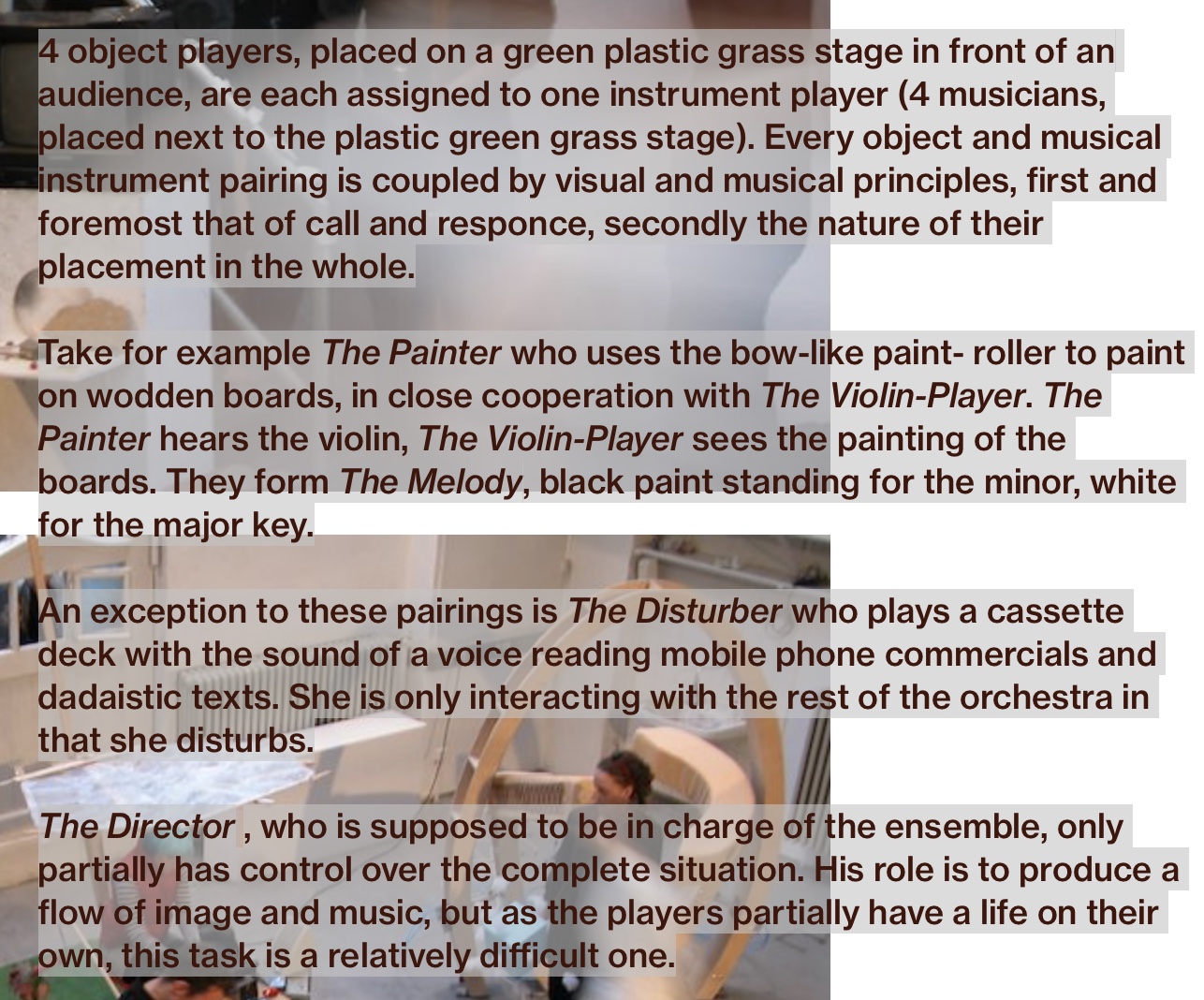

Das Klangfarbenorchester III
Live performance,
ausland Berlin,
duration 25 min.
Feat.
Kathrin Köster, Pius Fox, Flavia Spichtig, Mitya Churikov, Mark Riesland, Katharina Nawarotzki, Simon Stadtmüller, Lee Stevens, Nicola Knappe and D.K.
On tape
Gabriele Zorn
Photo documentation by
Christian Vagt.
Colour Code / ensemble participant pairings:
The Painter / The String-Player - forming The Melody (yellow)
Fan Blower / The Bass-Player - creating Gushes of Fresh Air for the Hips (green)
Shower Head Drop / The Airtube-Player - levelling The Remedy (blue)
The Sky Marcher / The Beat-Maker - beating I (pink)The Disturber / The Voice of Disturbance (taped recordings) - making Noise (red)
The Director - getting The Picture and aiming for Music, ideally (white)
The Documentor (off stage)
June 13 2019
![]()
![]()
![]()
![]()
![]()
![]()
![]()
![]()
![]()
![]()
![]()

Das Klangfarbenorchester II
Live performance,
Universität der Künste Berlin,
duration 30 min.s
Feat.
Kathrin Köster, Mark D. Riesland, Simon Stadtmüller, Andreas Kerbs, Mike Bourscheid, Pius Fox, Katharina Nawarotzky, Kerstin Wehmeyer (née Oelke), Claudia Dorfmüller and D.K.
On tape:
Gabriele Zorn
Documentation:
Unknown
July 07 2008
![]()
![]()
![]()
![]()
![]()
![]()
![]()
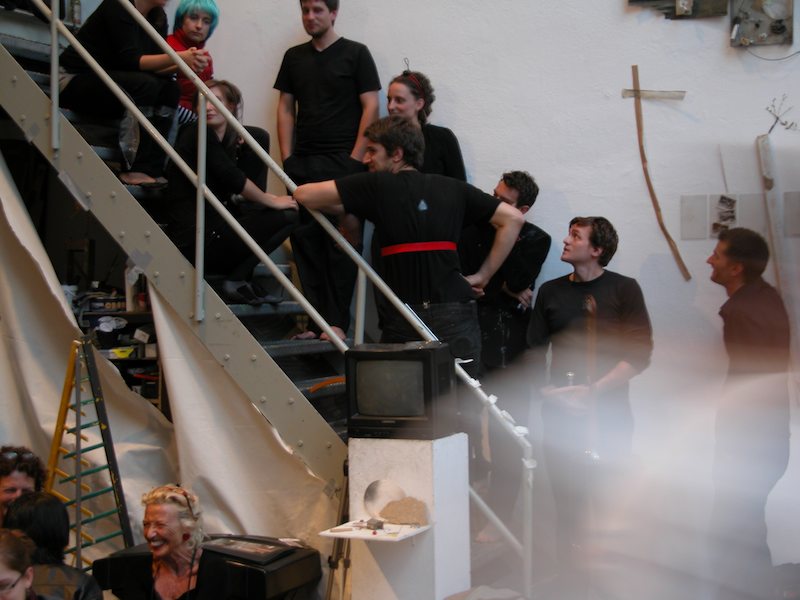

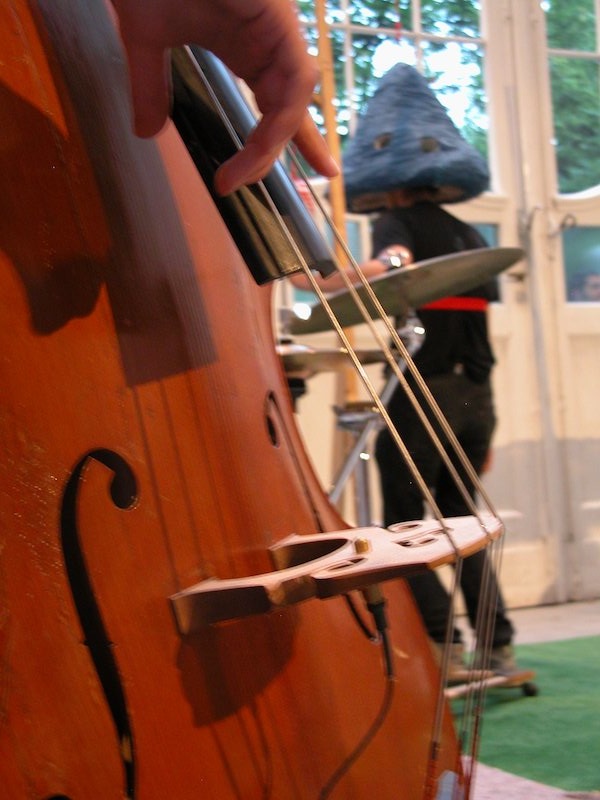


Das Klangfarbenorchester I
Live performance,
Raum 89, Universität der Künste Berlin,
duration 50 min.
feat.
Kathrin Köster, Mark D. Riesland, Jonas Ruthenberg, Johannes, Tania Weirauch, Pius Fox, Katharina Nawarotzky, Kerstin Wehmeyer (née Oelke), Claudia Dorfmüller, D.K., and the audience as a choir.
On tape:
Gabriele Zorn
Video documentation outtake (5:33) by D.K.
April 17 2008
![]()

